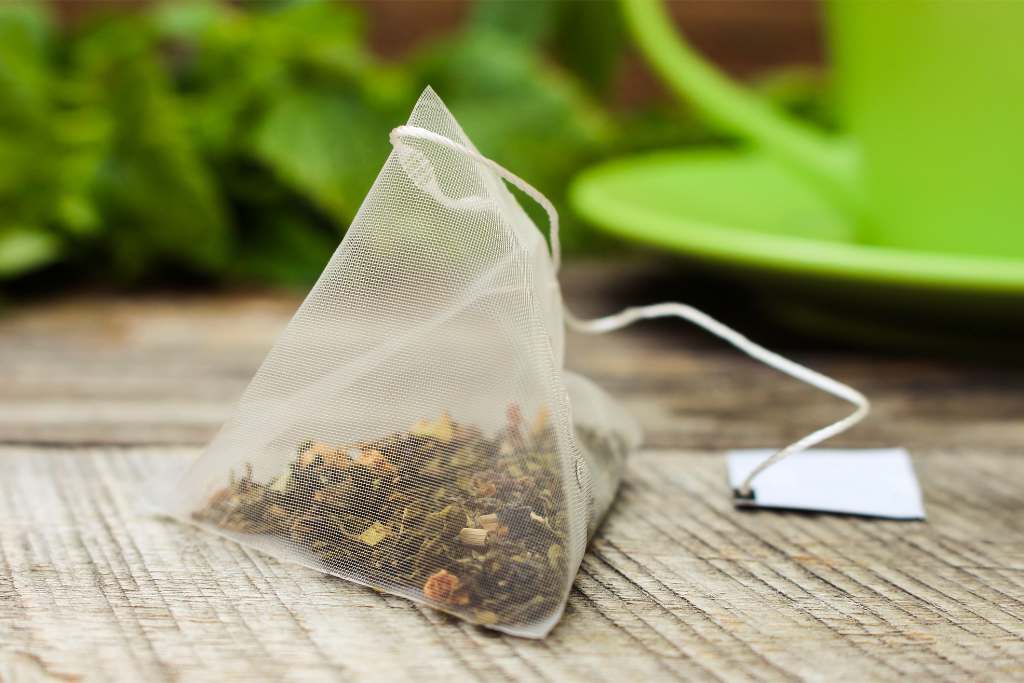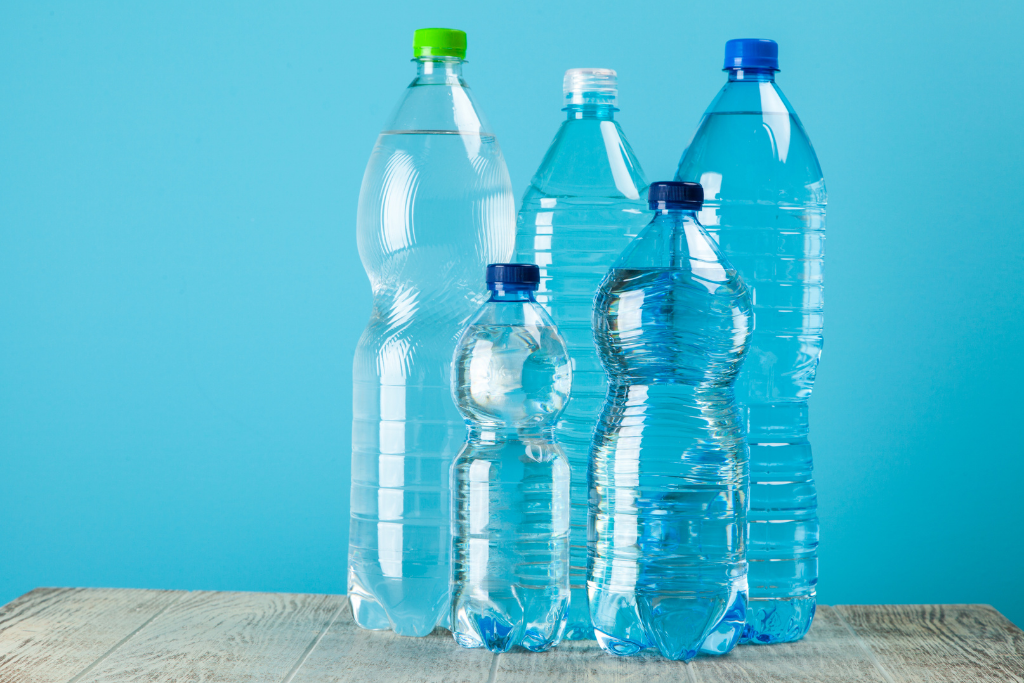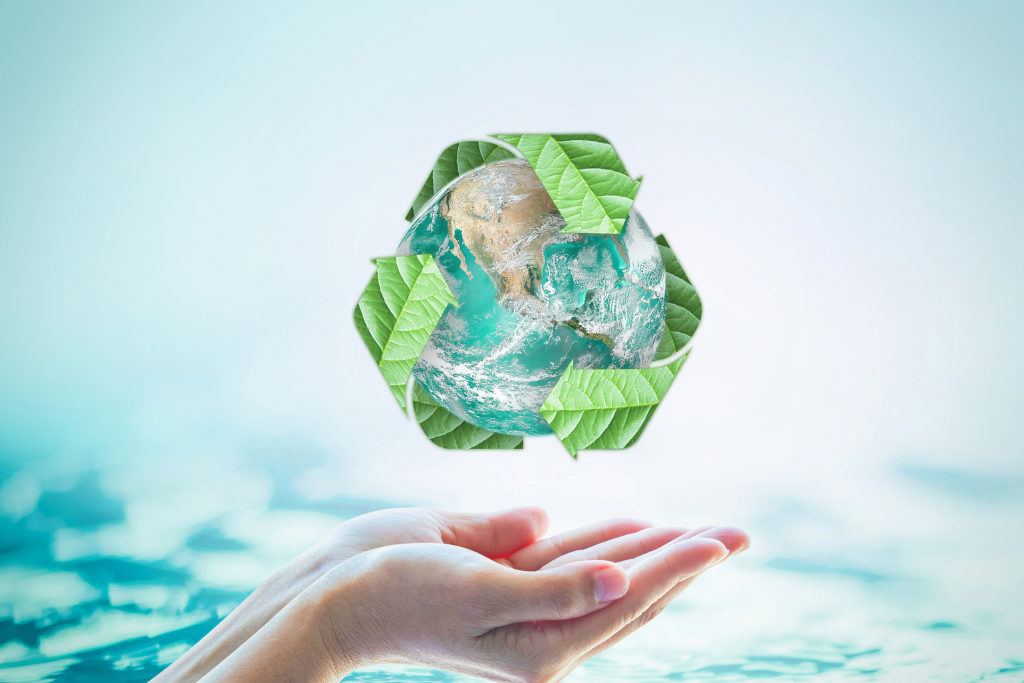Sustainability, a focal point of interest
The issue of sustainability is crucial
by Leo Goeyens, chairman IBE-BVI vzw
The issue of sustainability is absolutely crucial. Politicians, academia, and industry are encouraged to develop sustainable and circular alternatives. Resources are to be preserved for future generations and that is why we must focus on biodegradable and biorenewable materials. There is a human capacity to achieve sustainable development; humanity can meet the needs of the present, without compromising the ability of future generations to meet their own needs.
We know plastic is most often the material of choice for the packaging of food, cosmetics, or pharmaceutical products. It is low cost, light weight, and provides excellent protection to the packaged product. In general, petrochemical plastics provide excellent functionality for use as packaging materials. However, during the last few years, recent new trends in the consumer market triggered strong growth in applications of biobased (renewable) materials in the sustainable packaging industry. It is good to see that we are slowly but surely moving towards greener packaging and less packaging waste.
Teabags, an innovative product made of PLA
Britons get through 61 billion tea bags a year, enough to cover almost 31,000 football pitches. A poll of 2,000 tea drinkers found they each use an average of four tea bags a day for their cups of tea. This is a total of 1,460 each year [Mireh 2021]. It would be nice if those tea bags were not to stay forever and ever in the environment.
It took about 10 years, and it wasn’t without some setback; but the tea industry has now an overwrap for individual tea bags that is ASTM D6868 substantiated as compostable in commercial composting facilities. The teabags that are based on PLA non-wovens can be industrially composted together with the tea waste. This does not apply to household compost installations, since the temperatures inside the composting heaps must be 60 C and more.
Pyramid tea bags composed of PLA yarn were already offered on the market. That material has the potential to replace paper based teabags that commonly contain about 20 to 30 % polypropylene fibre to allow heat sealing. Despite ending up in home and industrial composting systems, current polypropylene containing tea bags are not compostable.
However, we are dealing with a huge conflation between biodegradable and biobased plastic. There are fuel based plastics that are biodegradable, because they have been engineered that way. They are called bioplastics for that very reason. And, on the other hand, there are plant derived bioplastics that are not biodegradable at all. We better watch out for them! A prime example of the latter is the so called PlantBottle, which has been replacing more and more of the petroplastic water and soft drink bottles since its introduction in 2009.

The bottled beverages industry has good and bad news
The good news is that the polymer in the PlantBottle comes from renewable feedstocks such as wood chips or sugar cane instead of fossil oil or natural gas. One estimates that its use has already achieved carbon savings equivalent to taking 1 million vehicles off the road [Waldrop 2021]. And because that polymer is polyethylene terephthalate (PET), which is chemically identical to the PET used in the original bottles, PlantBottles can be recycled in exactly the same way. But that last point is also the bad news: biobased PET is just as resistant as conventional fossil fuel derived PET to breakdown out in the open; the PlantBottle is not remotely biodegradable.
A new trend emerging in the bioplastic bottles market are the polyhydroxyalkanoate (PHA) polymers that are both biobased and biodegradable. But it may happen that biodegradability is a blessing in disguise. When PHA items are covered over in a landfill, as plastics often are, their breakdown releases methane that can migrate to the surface where it becomes an extremely potent greenhouse gas. Based on life cycle analyses PHA might actually be worse for the climate than oil based plastics [Waldrop 2021]. Yet, the industry of alcoholic beverages has great expectations. Bacardi, the world’s largest family owned spirits company, has unveiled plans to put the world’s most sustainable spirits bottle on the shelf by 2023 [https://www.bioplasticsmagazine.com/en/news/meldungen/20201021-Bacardi-to-switch-to-biodegradable-bottles.php].
Finally, major brands are also showing renewed interest in paper bottles. Until the last couple of years the concept of a paper bottle would seem at best an oxymoron, but innovations continue to break barriers in the pursuit of packaging that offers sustainability benefits, ideally aligned with recycling. Paper bottles, which though not new, are experiencing increased activity, undoubtedly sparked by the antiplastic sentiment sweeping the globe.
The beverage industry is highly dominated by plastic, metal and glass based packaging. However, due to constant thrive for sustainable alternatives, products such as tetra-pak have emerged. Also, significant research is carried out on the development of moulded paper products for carbonated beverages, e.g. the Green Fiber Bottle [Saxena et al. 2018]. It is intended to be an environmentally sustainable alternative to the existing glass and plastic beer bottles. A quality evaluation of such bottles was recently reported; it appears to be very important to develop robust methods and approaches for evaluation and assessment of the paper bottle moulding process [Saxena et al. 2019 and references herein].

There is some movement in the packaging world
The examples quoted here paint an optimistic future; they suggest that we have better, healthier and more environmentally friendly alternatives to petrochemicals. That is true, but it is only partly correct!
European governments are working towards a zero-emission economy, decoupled from fossil resources, and focused on sustainability and circularity [European Commission 2019]. Reforming the way plastic products are produced, handled, and disposed of, is part of the deal. The adoption of bio-based plastics might come with risks (e.g. use of fertilizers) as well as advantages [Di Bartolo et al. 2021].
It surely offers an alternative to fossil-based production and might therefore become a necessity in the future. On the one hand, compostable or biodegradable plastics should be sorted out from recycling streams. On the other hand, applications like compost bags offer benefits since bag and content can be co-digested (composted) eliminating the need for separation.
The use of biodegradable plastics to mitigate environmental pollution due to leakage in open environments is an often-discussed advantage. Currently, this seems overly optimistic. Conditions in natural environments are dynamic, they greatly change in a spatio-temporal way. Furthermore, the size and density of the plastic debris, as well as agglomeration with other materials, can influence the outcome. Additionally, the economic loss from this plastic waste is not solved by using biodegradable alternatives. In this sense, stricter regulations, promoting an environmental-friendly mentality, and investing in sustainability-focused education at an early age could prove to be a more effective use of resources.
Di Bartolo et al. [2021] expect that the bioplastics industry will receive incentives to grow, develop new technologies and materials, and scale-up its production to greater volumes. Once larger productions are achieved and larger volumes of bioplastics are circulated, more assessment will be undoubtedly required to understand the sustainability of these materials.
And also, there is one point the authors wish to make. Let us bring an end to our throw-away mentality. Replacing one plastic with another, without replacing the mentality, is not a solution.

References
European Commission [2019]. The European Green Deal, pp. 24
Di Bartolo et al. [2021]. A Review of Bioplastics and Their Adoption in the Circular Economy, Polymers 13, 1229, pp. 26
Meadows et al. [1972]. The Limits to growth: a global challenge, Universe Books
Mireh [2021]. Britons get through enough tea bags a year to cover almost 31,000 football pitches, survey claims, Independent, January 11
Posen et al. [2016]. Uncertainty in the life cycle greenhouse gas emissions from U.S. production of three biobased polymer families, Environtal Science & Technology 50, 2846 – 2858
Reichert et al. [2021]. Bio-based packaging: Materials, modifications, industrial applications and sustainability, Polymers 12, 7, 1558, pp. 35
Saxena et al. [2018]. Tooling for production of the Green Fiber Bottle, Procedia CIRP 69, 348 – 353
Saxena et al. [2019]. Process characterization for molding of paper bottles using computed tomography and structure tensor analysis, Proceedings of the 9th Conference on Industrial Computed Tomography, Padova, Italy (iCT 2019), pp. 7
Waldrop [2021]. Bioplastics offer carbon-cutting advantages but are no panacea, Proceedings of the National Academy of Sciences 118, 12, e2103183118, pp. 4